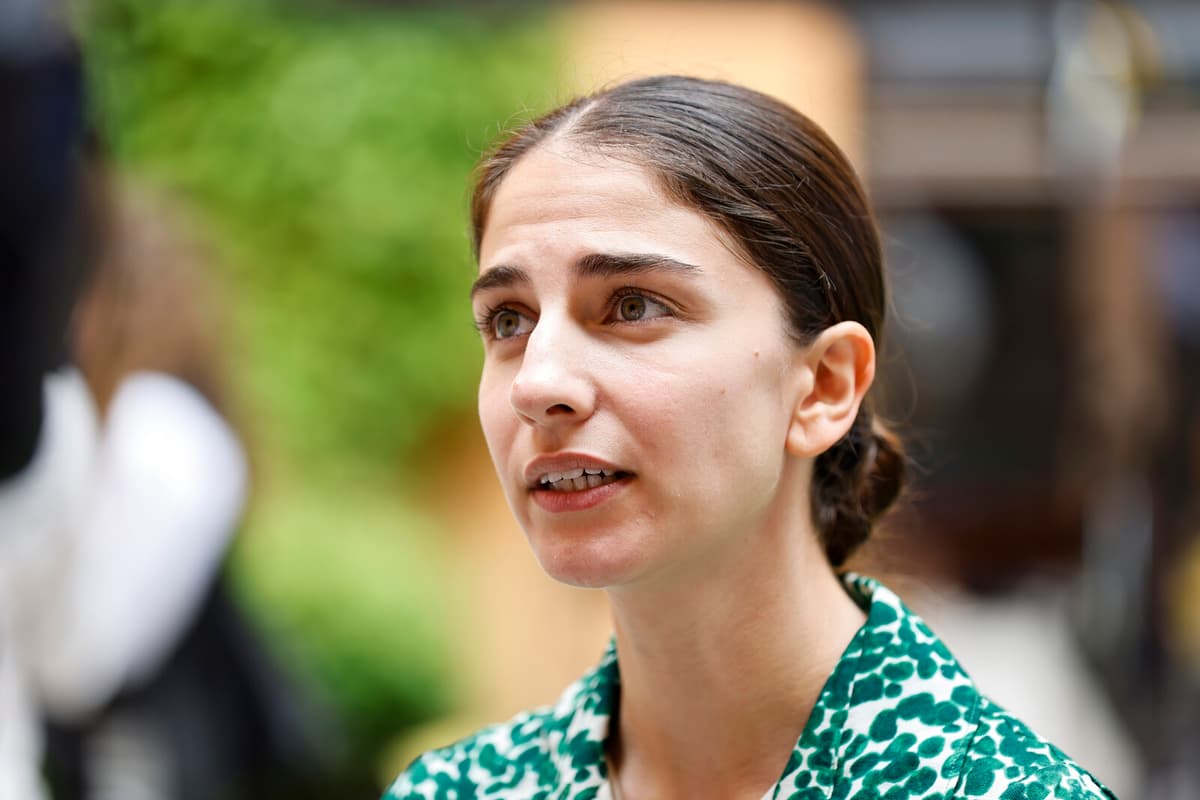This proposal adapts the national protection to the species' protection needs. It may sound like something that should apply, but today the protection need is more general, says Pourmokhtari at a press conference.
The government has also decided that the Environmental Protection Agency, based on new criteria, will review which species should be nationally protected.
We strengthen the protection in one step, but also see to introduce simplifications, says the minister.
Protected orchid
As an example, she takes the currently red-listed orchid, knärot, which grows throughout the country. The species decreased by 50 percent during the 1990s but appears to have stabilized at a lower level during the 2000s.
The government now wants to see exceptions from the protection that mean simplifications in forestry and exploitation. They also want to see a special exception for ongoing land use.
Species that occur in large numbers in parts of the country, such as the orchid species knärot, are not something that, according to this proposal, will be able to prevent forestry, says Pourmokhtari.
Only the most threatened species should be able to lead to ongoing land use being hindered or made more difficult, she continues. The government points out that it is currently difficult to achieve a generational shift in forestry due to uncertainties that may be linked to protection.
Adapt rules
The list of protected species is also proposed to be reviewed regularly to take into account the latest science.
If knärot or other species are heavily affected, then we will of course need to adapt our rules, she says.
The government also wants to see that exemptions from the national protection regulations can be granted in more cases than today, to meet important societal interests such as energy production or defense purposes.
The Environmental Protection Agency will now produce a new list and then it will be sent out for review and decisions on changes will be made later during the term of office.






